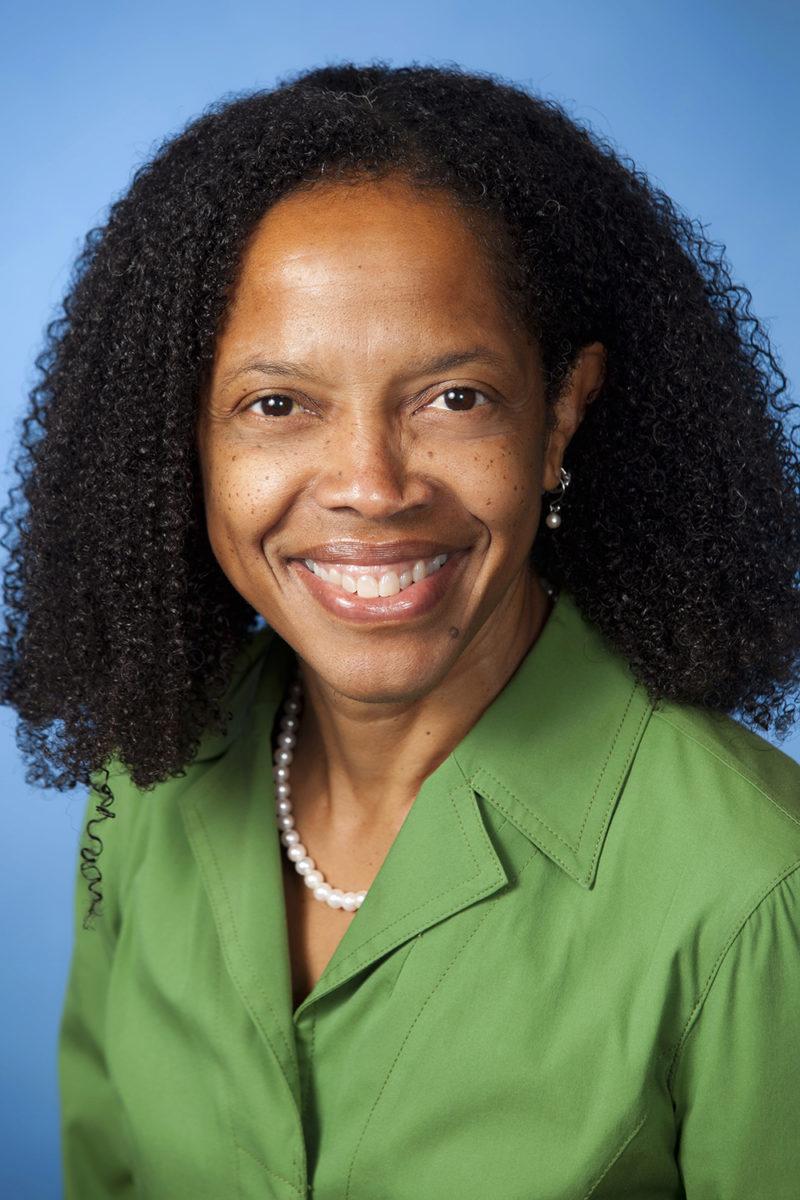
The Biomedical Engineering Society (BMES) announced BME's Gilda Barabino as the organization's next president at the 2011 Annual Meeting in Hartford, Connecticut. She begins her two-year term in October 2012 at the Society’s next annual meeting in Atlanta, GA. Barabino is the first underrepresented minority and second woman to be elected President of BMES since it was established in 1968.
Barabino commented on her new role: “My vision for BMES, our profession and the institutions and entities that represent biomedical engineering, is that we practice and are characterized by diversity inclusion, and that we serve as a model for others in doing so. Diversity inclusion is a term coined to denote a characteristic where an institution demonstrates through its policies and practices that diversity is central to its mission – this characteristic is essential to drive future innovation in our field. I will work tirelessly to lead by example and anticipate that others will follow suit.”
Barabino is Professor of Biomedical Engineering in the Coulter Department, where she also serves as Associate Chair for Graduate Studies. She joined the department in 2007 after an 18-year career at Northeastern University where she rose to the rank of Professor and served as the Vice Provost for Undergraduate Education. In 2008 - 2009, she served as Vice Provost for Academic Diversity (VPAD), the first to hold the VPAD position at Georgia Tech. She is a leading advocate for diversity in the STEM fields, traveling widely to speak and give workshops on the topic. In addition to STEM diversity in higher education, her research focuses on sickle cell adhesion, cellular engineering and tissue engineering.
The Biomedical Engineering Society serves as the lead society and professional home for biomedical engineering and bioengineering students, academics, and professionals.
Barabino’s research interests focus on sickle cell adhesion, cellular engineering, tissue engineering, and bioreactors and she has penned articles in numerous publications to share her findings with the engineering and medical communities.
